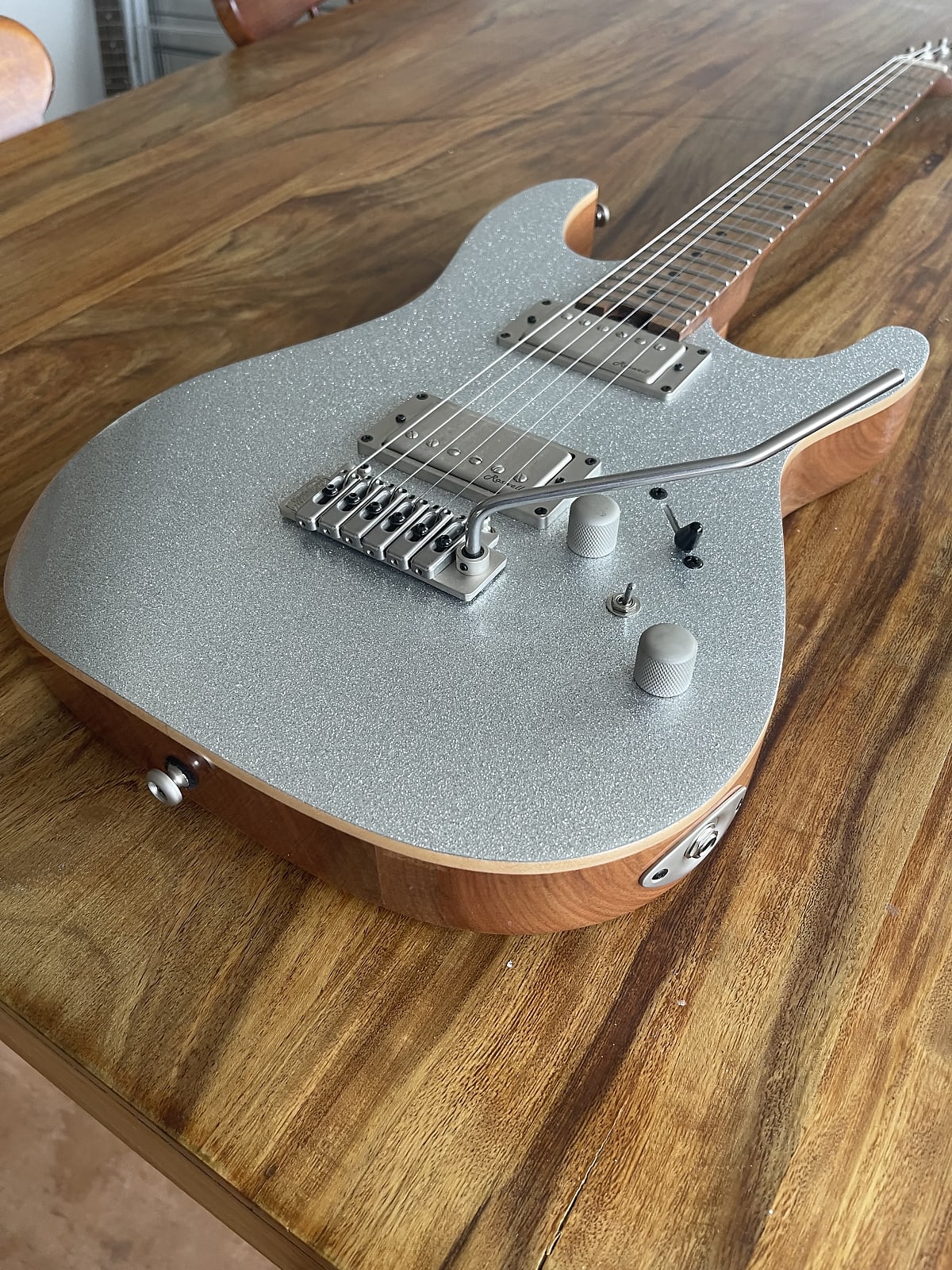Howdy, Stranger!
It looks like you're new here. If you want to get involved, click one of these buttons!
Categories
- 243.9K All Categories
- 22 >> Start Here <<
- 12 New Members
- 8 FAQs
- 87.4K Gear
- 39.8K Guitar
- 3.4K Acoustics
- 1.3K Bass
- 14.8K Amps
- 17.3K FX
- 301 Digital & Modelling
- 769 Other Instruments
- 8.3K Making & Modding
- 426 Gear Reviews
- 107 Guitar Reviews
- 74 Amp Reviews
- 119 FX Reviews
- 87 Other Reviews
- 750 Made in the UK
- 977 Theory
- 1.9K Technique
- 2.2K Live
- 3.2K Studio & Recording
- 2.1K Making Music
- 226 Events
- 15 Guitar Show 2018
- 846 Plug My Stuff
- 106.3K Classifieds
- 41.5K Guitars £
- 2.9K Acoustics £
- 142 LH Guitars £
- 907 Basses £
- 10.7K Parts £
- 18.5K Amps £
- 34.4K FX £
- 2.8K Studio & Rec £
- 6.2K Misc £
- 466 Personnel
- 55.2K Chat
- 36.9K Off Topic
- 1.1K Tributes
- 6.6K Music
In this Discussion
Become a Subscriber!
Subscribe to our Patreon, and get image uploads with no ads on the site!
Modding an OD pedal (gain and volume knob relationship)
 LionAquaLooper
Frets: 1234
LionAquaLooper
Frets: 1234
Take a simple true bypass 3--knob OD pedal (gain, volume, tone) as an example. How much work would need to be done to mod it so when at gain 0, there is little to no output volume loss. Right now this cheap OD pedal I'm messing around with, at gain 0, needs volume to be at max to just reach unity with my amp. Some of my other ODs don't suffer from a big output volume loss when I set gain to 0.
Is there a simple mod to have it so output volume is roughly the same regardless where gain is set? Would be ideal if I can set volume to unity with my amp, and I'm free to adjust gain without having to tweak the volume knob constantly. Or am I asking for the impossible?
Is there a simple mod to have it so output volume is roughly the same regardless where gain is set? Would be ideal if I can set volume to unity with my amp, and I'm free to adjust gain without having to tweak the volume knob constantly. Or am I asking for the impossible?
0 LOL 0
LOL 0 Wow! 0
Wow! 0 Wisdom
Wisdom
 LOL 0
LOL 0 Wow! 0
Wow! 0 Wisdom
Wisdom Base theme by DesignModo & ported to Powered by Vanilla by Chris Ireland, modified by the "theFB" team.

Comments
Or you could try putting a compressor after the overdrive, rather than (as more usual) before it.
"Take these three items, some WD-40, a vise grip, and a roll of duct tape. Any man worth his salt can fix almost any problem with this stuff alone." - Walt Kowalski
"Only two things are infinite - the universe, and human stupidity. And I'm not sure about the universe." - Albert Einstein
True Bypass vs Buffered?
Input/Output impedance?
Resistor/Capacitor values within?
I suppose this is what makes some ODs better clean boosts than others but I'm just wondering what it is about them that does this.
It’s perfectly possible to have a resistor in series to ground with the second type, so turning the control to 0 gives a pre-set signal level above zero.
"Take these three items, some WD-40, a vise grip, and a roll of duct tape. Any man worth his salt can fix almost any problem with this stuff alone." - Walt Kowalski
"Only two things are infinite - the universe, and human stupidity. And I'm not sure about the universe." - Albert Einstein